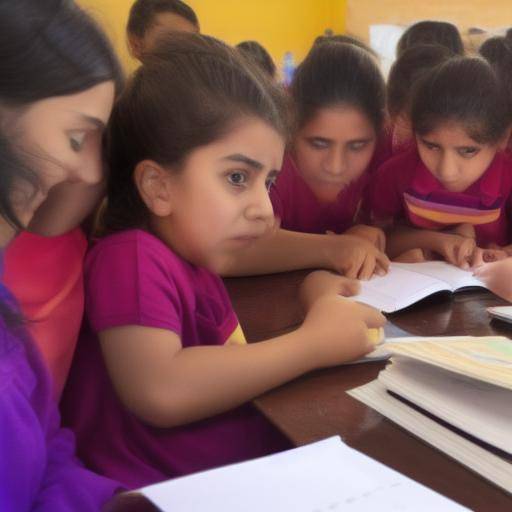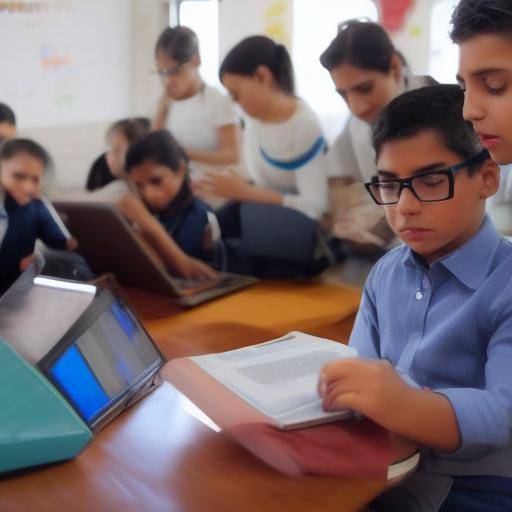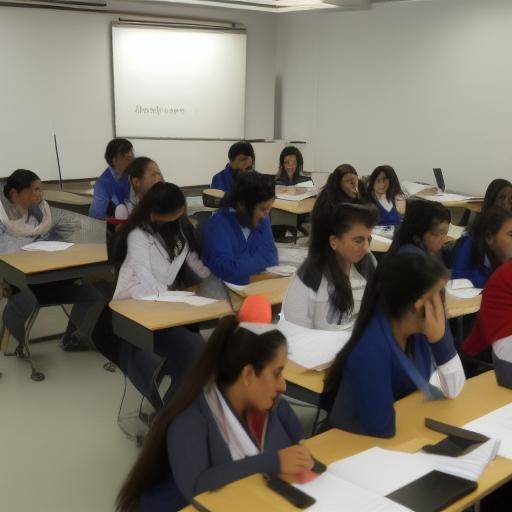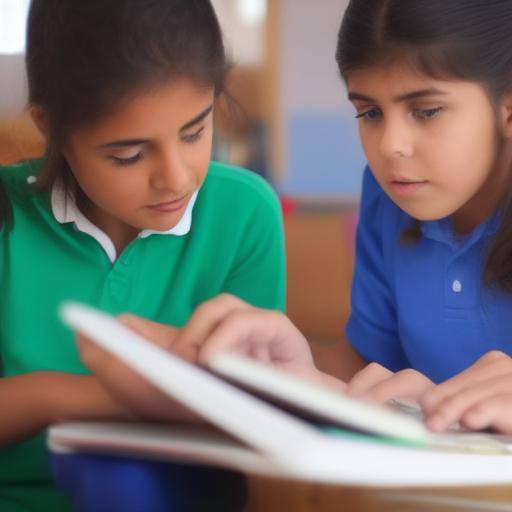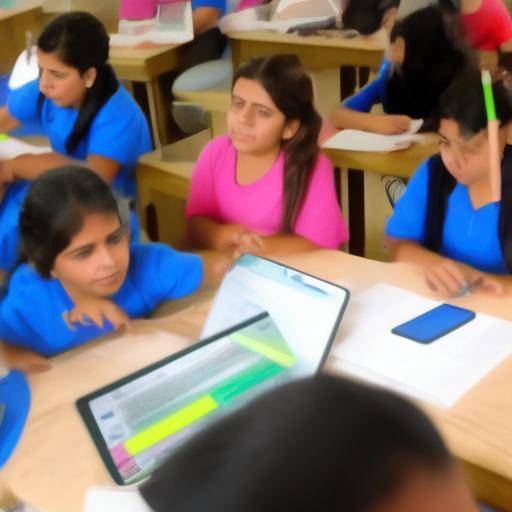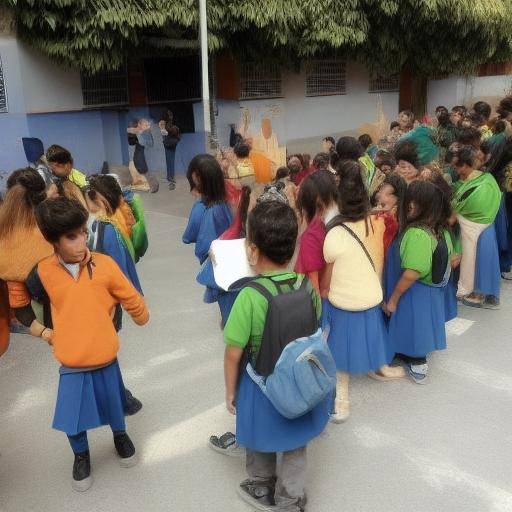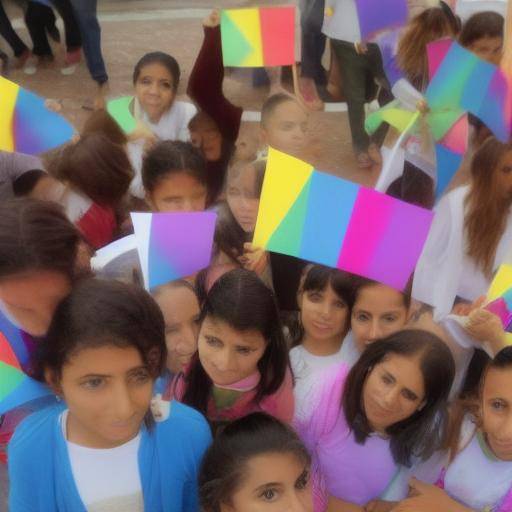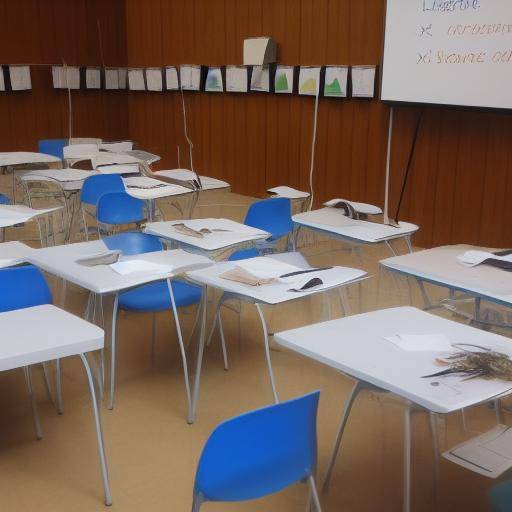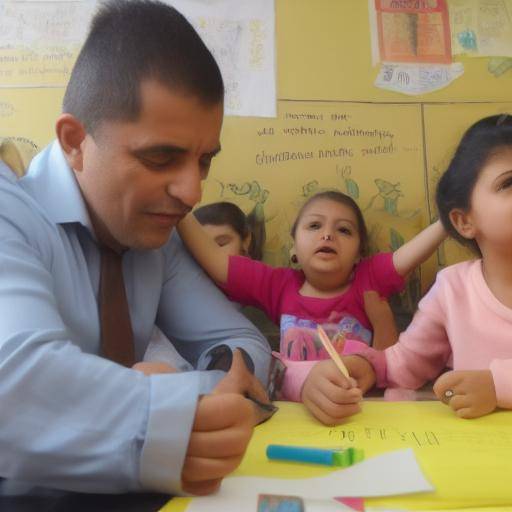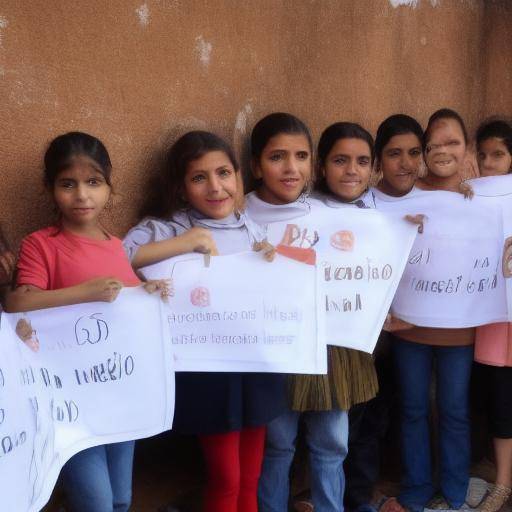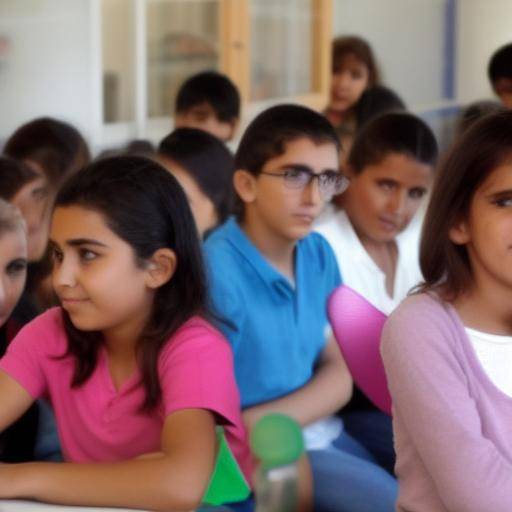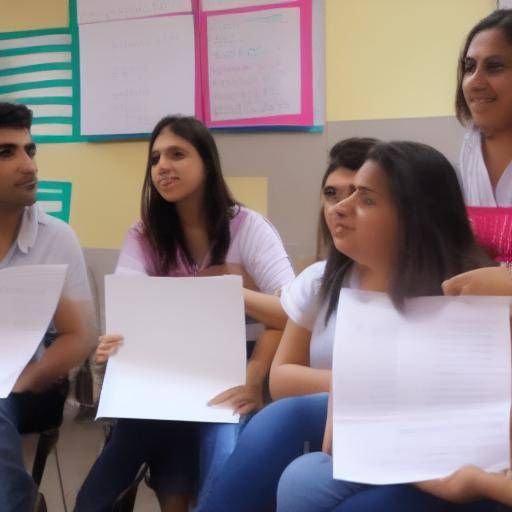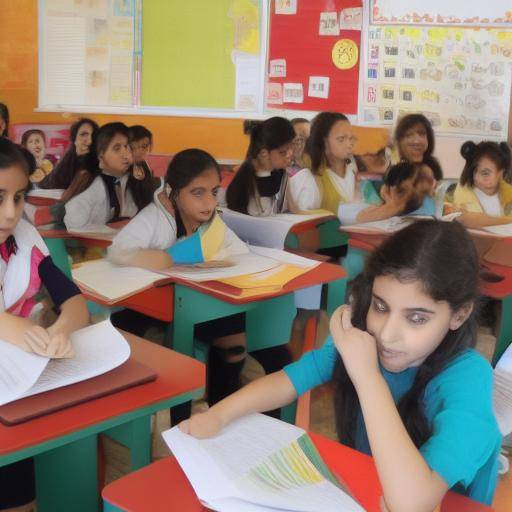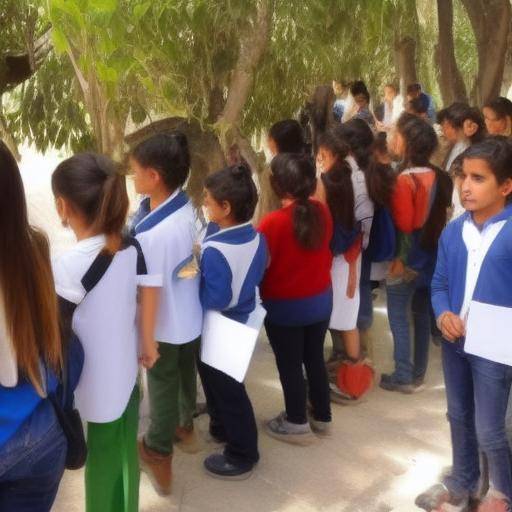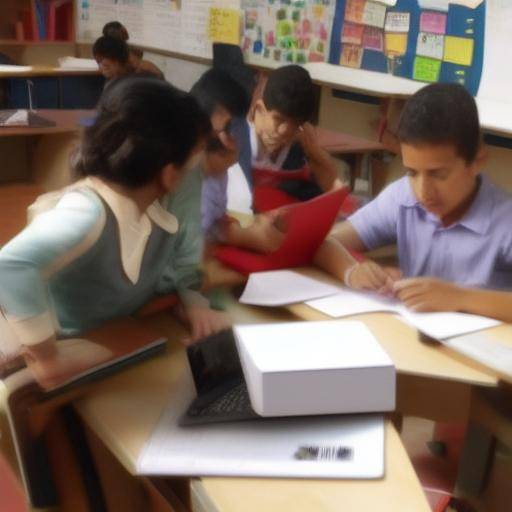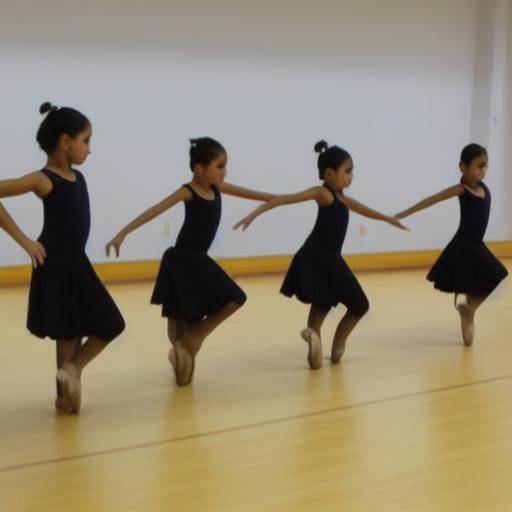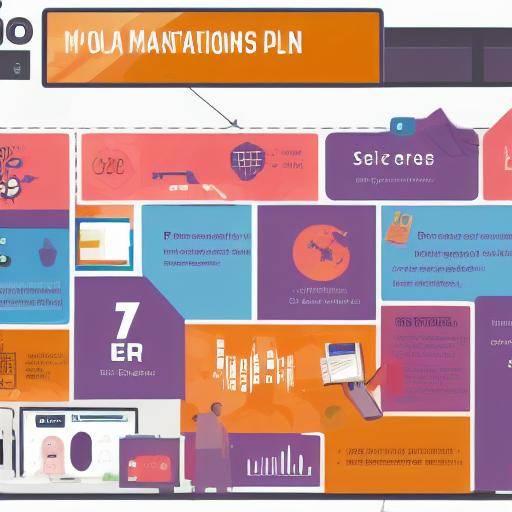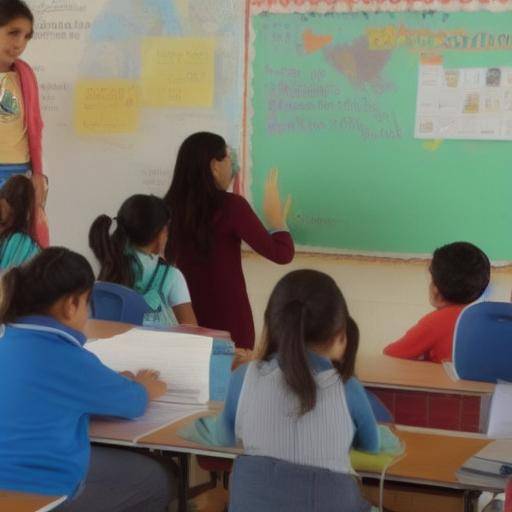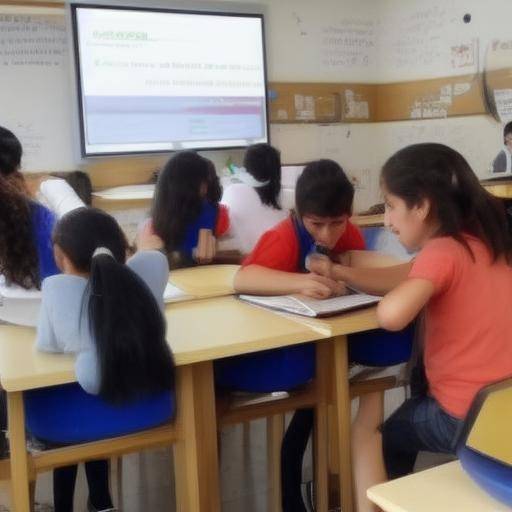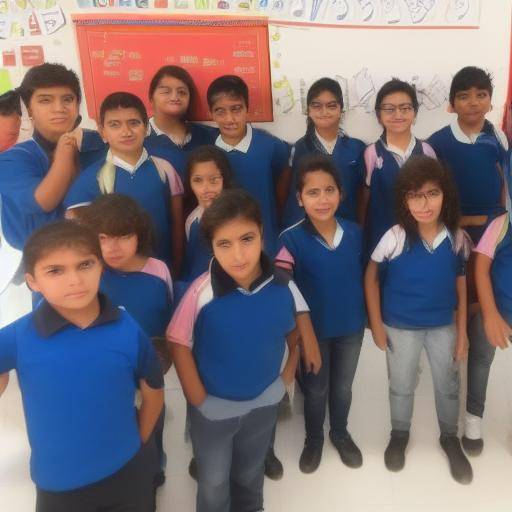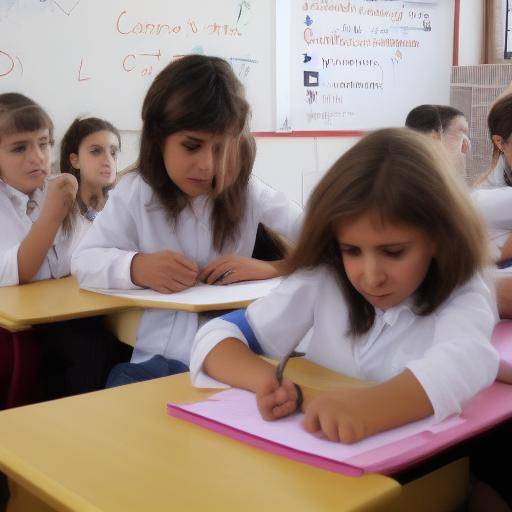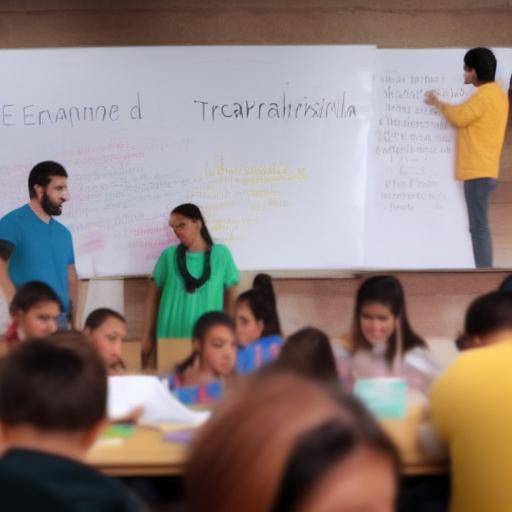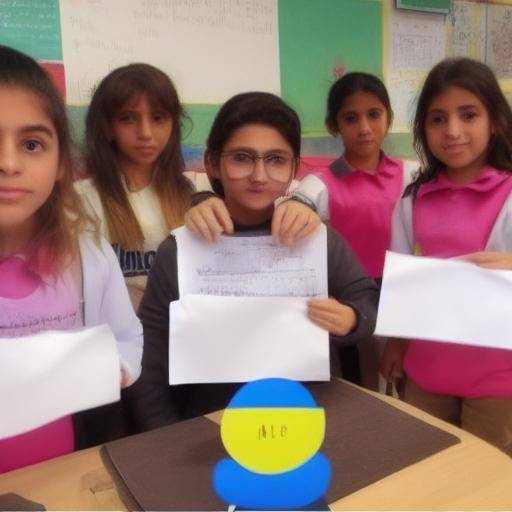
Introduction
At present, inclusive and accessible education is a subject of great relevance worldwide. Creating a curriculum that promotes inclusiveness and accessibility is essential to ensuring that all students have equal learning opportunities. In this article, we will explore how to design an inclusive and accessible curriculum, considering the needs of all students. We will discover the historical importance, current challenges, best practices, and future trends related to this issue. Join us in this exciting journey towards creating an equitable and enriching educational environment for all.
History and Background
Inclusive education has its roots in social movements that promoted equal opportunities for people with disabilities or differences of any kind. Throughout history, various human rights organizations and defenders have advocated for a change in the way education is carried out, recognizing diversity as a fundamental value.
The concept of accessibility in the educational context has also evolved over time. Since the implementation of ramps and lifts for people with physical disabilities to the development of adaptive technologies and digital resources, accessibility has become increasingly important in creating inclusive educational environments.
Analysis in Deep
The inclusion in the classroom not only benefits students with special needs, but also enriches the learning experience for all participants. Diversity in the classroom promotes empathy, understanding and mutual respect, preparing students to face an increasingly diverse and globalized world.
However, the implementation of an inclusive curriculum also presents challenges. The adaptation of materials, teacher training, equitable evaluation and the creation of flexible learning environments are crucial aspects that require attention and dedication.
Comprehensive review
There are many strategies to build an inclusive and accessible curriculum. The use of multi-format resources, flexibility in evaluation, cooperation between teachers, parents and students, and the awareness of the educational community are just some of the best practices to create an inclusive educational environment.
Teacher training is key in this process. Training in inclusive pedagogical approaches, awareness of the individual needs of students and implementation of curricular adaptations are key elements in ensuring the effectiveness of an inclusive and accessible curriculum.
Comparative analysis
By comparing a traditional curriculum with an inclusive and accessible one, it is clear that the inclusive approach considers diversity as an asset, while the traditional approach tends to homogenize learning. Curriculum adaptation and the flexibility of evaluation processes are distinctive elements of an inclusive and accessible curriculum.
Practical Tips and Accessible Recommendations
- Continuous training: Provide regular teacher training on inclusive strategies and curricular adaptations.
- Use of Diversified Resources: Integrate educational materials and resources in multiple formats to address various forms of learning.
- Active participation: Involve students in creating inclusive environments, encouraging their active participation in the design of the curriculum.
- Equitable evaluation: Implement evaluation methods that recognize and value the diverse skills and capacities of students.
Industry Perspectives and Expert Reviews
According to María Rodríguez, an expert in inclusive education, "The real inclusion does not lie in adapting students to a pre-established curriculum, but in adapting the curriculum to the individual needs of students." This vision reflects the need for a student-centred approach that recognizes diversity as an enriching value.
Case Studies and Real Life Applications
An outstanding example of an inclusive approach is the international education programme that integrates students from diverse cultures, languages and academic skills into a collaborative learning environment. This approach has proved not only to improve academic performance, but also to promote intercultural understanding and the development of socio-emotional skills.
Future Trends and Predictions
As awareness of the importance of inclusive and accessible education continues to grow, more emphasis is expected on teacher training in inclusive and adaptive pedagogical approaches. The integration of emerging technologies to provide personalized learning experiences and interdisciplinary collaboration to design inclusive curriculum will also be focus areas in the future.
Conclusions
The creation of an inclusive and accessible curriculum is critical to ensuring that all students have the opportunity to achieve their full potential. By adopting an inclusive approach, education becomes an engine for equality, diversity and mutual enrichment.
Frequently asked questions
Why is an inclusive and accessible curriculum important?
An inclusive and accessible curriculum ensures that all students, regardless of their individual characteristics, have equal opportunities to access knowledge and develop their skills.
How does an inclusive curriculum of a traditional one differentiate?
An inclusive curriculum focuses on recognizing and assessing the diversity of students, adapting the teaching-learning process to individual needs, while a traditional curriculum tends to homogenize the educational process.
How can teachers adapt the curriculum to include all students?
Teachers can adapt the curriculum by implementing multi-format resources, easing evaluation and creating learning environments that promote active participation and equity.
What challenges are presented in implementing an inclusive and accessible curriculum?
Some challenges include the adaptation of educational materials, teacher training, equitable evaluation and creation of flexible learning environments that meet the individual needs of students.
How can parents support the implementation of an inclusive curriculum?
Parents can support the implementation of an inclusive curriculum through collaboration with teachers, advocacy for inclusive education in the community and fostering an environment of support and understanding in the home.
What are future trends in inclusive and accessible education?
Future trends are expected to focus on teacher training in inclusive pedagogical approaches, the integration of emerging technologies for personalized learning experiences and interdisciplinary collaboration in the design of inclusive curriculum.
In short, the establishment of an inclusive and accessible curriculum is critical to ensuring equity and diversity in education. By adopting an inclusive approach, education becomes a space that values and enhances differences, enriching the learning experience for all students.




